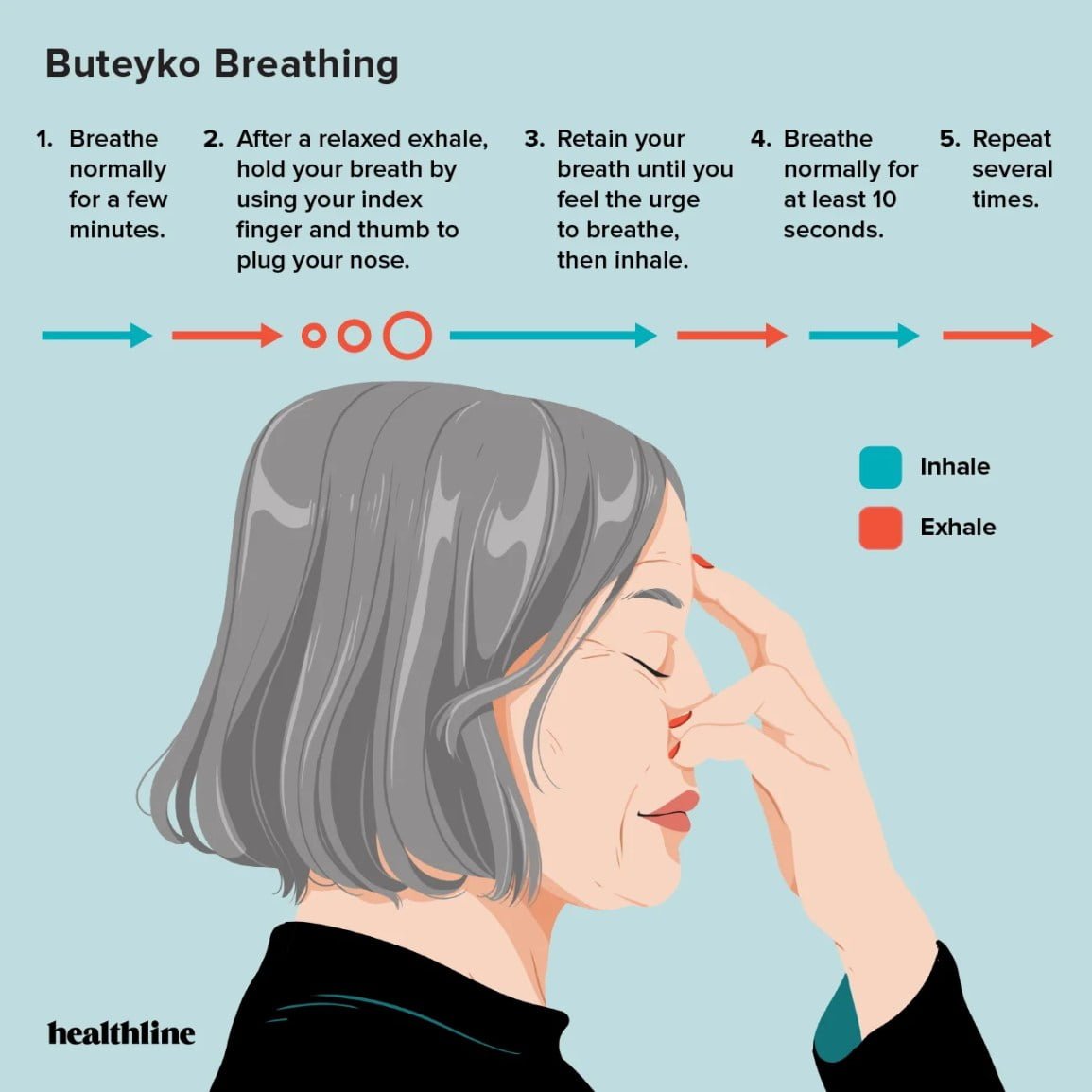
Are you looking to enhance your breathing exercises and take your wellness to the next level? Look no further! In this article, we’ll explore effective techniques and strategies that can help you improve your breathing exercises. Whether you’re a beginner or have been practicing for years, these tips will help you maximize the benefits of your breathwork routine and achieve a deeper sense of relaxation and well-being. So let’s dive right in and discover how you can take your breathing exercises to new heights!
Understanding the Importance of Breathing Exercises
Breathing exercises often go overlooked in our daily lives, but their importance cannot be emphasized enough. These exercises offer a wide range of benefits, from improving overall health to promoting relaxation and stress reduction. By incorporating these practices into your daily routine, you can experience significant improvements in both your physical and mental well-being.
Benefits of Breathing Exercises
The benefits of breathing exercises are extensive and impact various aspects of our health. Firstly, these exercises promote deep and controlled breathing, which increases the amount of oxygen delivered to our body’s cells. This, in turn, enhances the functioning of our organs and improves overall energy levels.
Breathing exercises also boost our lung capacity, allowing us to take in more air with each breath. By expanding our lung capacity, we can improve our respiratory efficiency, making physical activities easier and increasing endurance. This is particularly beneficial for athletes or individuals who engage in regular exercise.
Additionally, practicing breathing exercises can significantly aid in stress reduction and relaxation. They activate the parasympathetic nervous system, which counteracts the effects of the stress response and induces a state of calmness. Regular practice can reduce feelings of anxiety, improve sleep quality, and even help manage panic attacks.
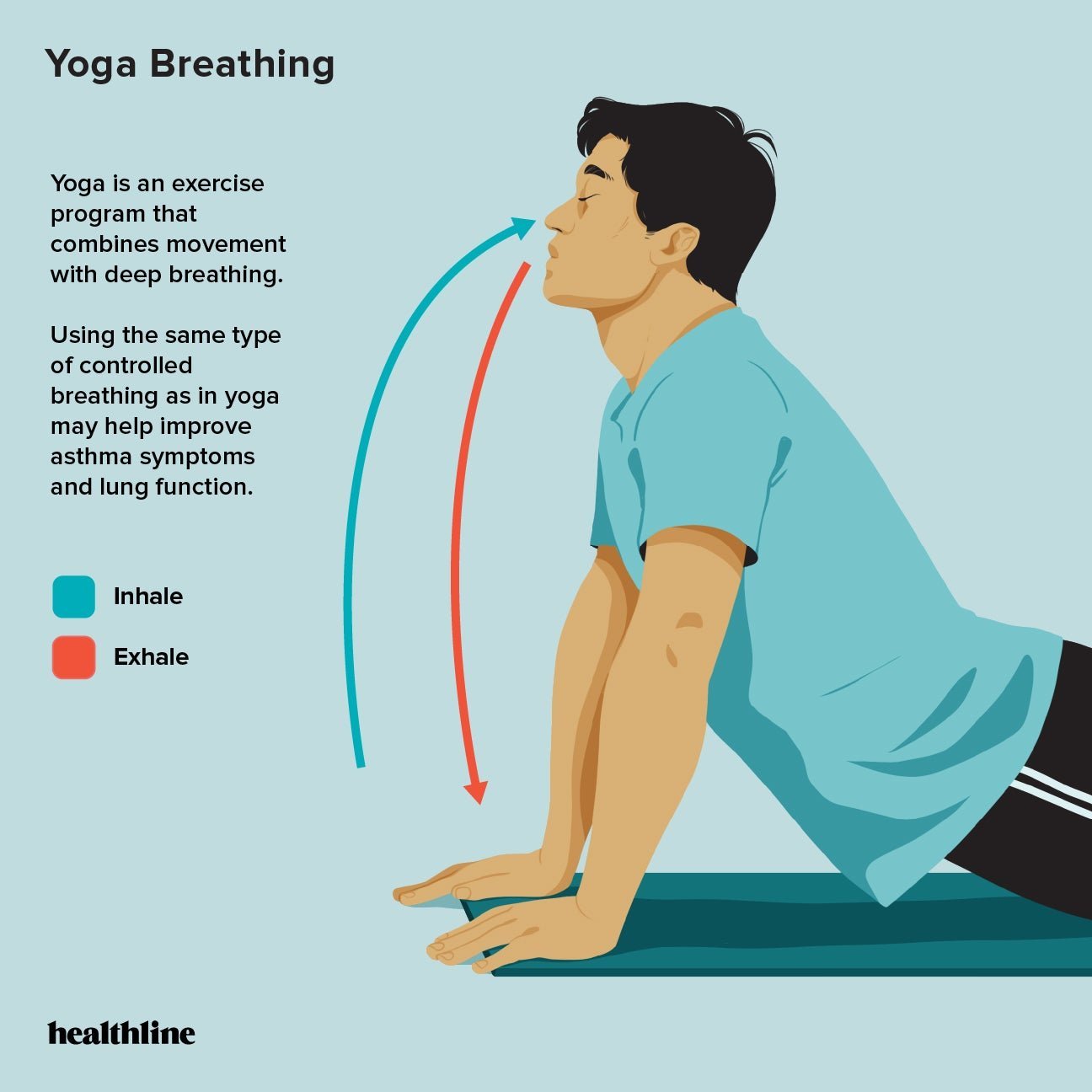
Importance for Overall Health
Understanding the importance of breathing exercises for overall health is crucial. Proper breathing techniques help ensure that our body receives a sufficient amount of oxygen, which is vital for our cells to perform their functions optimally. Deep, controlled breathing can improve digestion, enhance circulation, and support the removal of toxins from the body.
Furthermore, breathing exercises help regulate and stabilize our heart rate and blood pressure. By engaging in these practices, we can lower blood pressure and reduce the risk of cardiovascular diseases. Additionally, the increased oxygenation of our cells supports the immune system, aiding in disease prevention and overall well-being.
Promotion of Relaxation and Stress Reduction
One of the primary benefits of breathing exercises is their ability to promote relaxation and reduce stress. When we experience stress or anxiety, our breathing tends to become shallow and rapid. By practicing deep, slow breathing exercises, we can activate the body’s relaxation response and counteract the effects of stress.
Diaphragmatic breathing, also known as belly breathing, is an effective technique for relaxation. It involves inhaling deeply through the nose, allowing the breath to expand the belly, and exhaling slowly through the mouth. This technique activates the diaphragm, the main muscle involved in respiration, and induces a calm and peaceful state.
Another useful breathing exercise for relaxation is pursed lip breathing. This technique involves inhaling deeply through the nose and exhaling slowly through pursed lips, as if blowing out a candle. This slows down the breathing rate, promotes relaxation, and helps alleviate anxiety and tension.

Types of Breathing Exercises
To fully reap the benefits of breathing exercises, it’s essential to explore and practice different techniques. Here are three common types of breathing exercises to incorporate into your routine:
Diaphragmatic Breathing
Diaphragmatic breathing, also known as belly breathing, focuses on engaging the diaphragm for deep breaths. Start by sitting or lying down in a comfortable position. Place one hand on your chest and the other on your abdomen. Inhale deeply through your nose, allowing your belly to rise while keeping your chest relatively still. Exhale slowly through your mouth, allowing your belly to fall. Repeat this process for several minutes, fully concentrating on the movement of your diaphragm.
Pursed Lip Breathing
Pursed lip breathing is a technique that helps control the rate of breathing and promotes relaxation. Begin by sitting or standing in a comfortable position. Inhale slowly through your nose for a count of two. Purse your lips as if you are about to blow out a candle and exhale slowly for a count of four. This technique slows down the breathing rate and helps alleviate shortness of breath or feelings of anxiety.
Alternate Nostril Breathing
Alternate nostril breathing is a technique commonly used in yoga and meditation. Sit in a comfortable position and use your right thumb to gently close your right nostril. Inhale deeply through your left nostril. At the top of your inhale, close your left nostril with your right ring finger, and exhale slowly through your right nostril. Inhale through the right nostril, close it with your thumb, and exhale through the left nostril. Repeat this cycle for several minutes, syncing your breath with the gentle closing and opening of your nostrils.
Proper Body Posture for Effective Breathing
In addition to practicing different breathing techniques, maintaining proper body posture is essential for effective breathing. Here are some guidelines to follow:
Sitting or Standing Position
Whether you’re sitting or standing, it’s crucial to maintain an upright and relaxed posture. Avoid slouching or hunching your shoulders forward, as this can restrict the movement of your diaphragm and lungs. Instead, sit or stand tall, elongating your spine and maintaining a neutral position. This allows for optimal expansion of the chest cavity and enhances the efficiency of your breathing.
Alignment of the Spine
Proper alignment of the spine is key to effective breathing. When our spine is properly aligned, it supports the natural curvature and facilitates the movement of the diaphragm. To achieve this, imagine a string pulling gently upward from the top of your head, elongating your spine. Engage your core muscles to support your posture without tensing or straining.
Relaxation of the Shoulders and Neck
Tension in the shoulders and neck can restrict the movement of the chest and hinder proper breathing. To avoid this, consciously relax your shoulders, allowing them to drop away from your ears. Release any tension in your neck and jaw by gently rolling your head from side to side and performing gentle stretches. By keeping these areas relaxed, you create optimal conditions for efficient and full breaths.
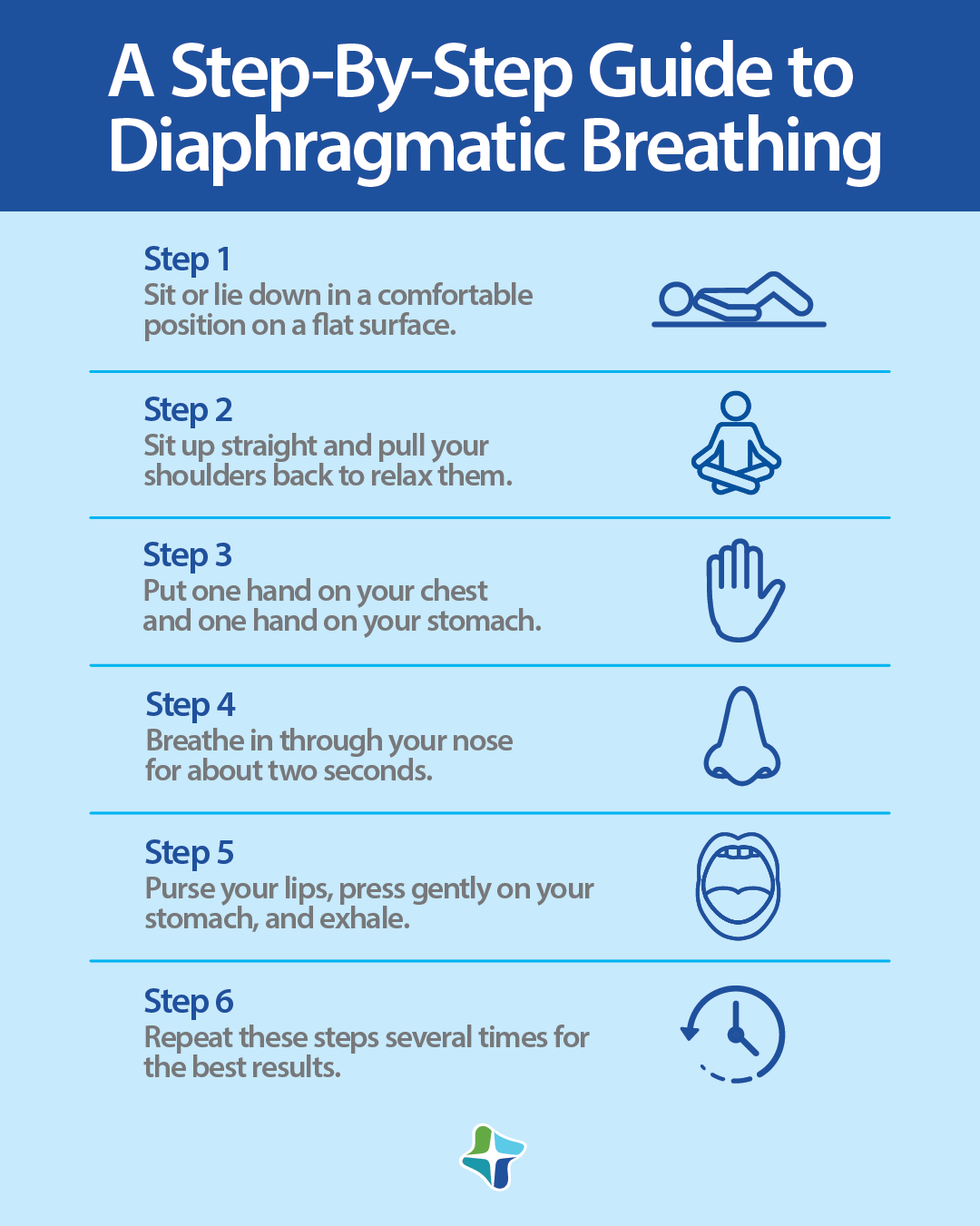
Developing Breath Awareness
Developing breath awareness is a fundamental aspect of practicing breathing exercises. By cultivating an awareness of your breath, you can fully immerse yourself in the present moment and experience the benefits of mindful breathing. Here are three techniques to enhance breath awareness:
Focusing on the Sensation of Breathing
Take a few moments each day to focus solely on the sensation of your breath. Find a quiet space where you can sit comfortably. Close your eyes and bring your attention to your breath. Notice the sensation of the air entering and leaving your body. Observe the depth and rhythm of your breath without attempting to control or change it. Simply be present with the sensation of breathing for a few minutes each day.
Observing the Natural Flow of Breath
Sit or lie down in a comfortable position and bring your attention to the natural flow of your breath. Pay attention to where you feel the breath most prominently – perhaps in your nostrils, chest, or abdomen. Observe the ebb and flow of your breath, noticing any variations in temperature, depth, or rhythm. Allow yourself to be fully present with your breath, embracing its natural flow and patterns.
Mindfulness Meditation
Mindfulness meditation is a powerful practice that incorporates breath awareness. Find a quiet and comfortable space to sit or lie down. Close your eyes and bring your attention to your breath. Notice the sensation of each inhale and exhale. Whenever your mind wanders, gently bring it back to your breath without judgment. Allow yourself to fully immerse in the present moment, letting go of any distractions or worries. Engaging in mindfulness meditation for just a few minutes each day can help reduce stress and promote relaxation.
Increasing Lung Capacity
Increasing lung capacity is beneficial for both athletes and individuals seeking to enhance their overall respiratory health. By following specific breathing exercises, you can gradually expand your lung capacity and improve your overall respiratory function. Here are three techniques to increase lung capacity:
Deep Breathing Exercises
Deep or full breathing exercises help expand your lung capacity by maximizing your lung’s ability to draw in air. Find a comfortable position and take a deep breath in through your nose, filling your lungs entirely. Allow your chest and abdomen to expand as you inhale. Hold your breath for a few seconds, and then exhale slowly through your mouth. As you exhale, imagine releasing any tension or stale air from your lungs. Repeat this deep breathing exercise several times each day to gradually increase your lung capacity.
Incentive Spirometry
Incentive spirometry is a technique commonly used in clinical settings to strengthen respiratory muscles and increase lung capacity. This device consists of a plastic tube connected to a chamber. By inhaling through the tube, you can visually monitor the volume of air you are drawing into your lungs. Start by exhaling completely, then inhale slowly and deeply through the tube, aiming to fill the chamber as much as possible. Hold your breath for a few seconds, then exhale normally. Repeat this exercise several times a day, gradually increasing the volume of air you inhale and exhale.
Cardiovascular Exercises
Engaging in regular cardiovascular exercises, such as brisk walking, swimming, or cycling, can improve overall lung capacity. During aerobic activities, deep and controlled breathing is required to supply oxygen to the working muscles. Over time, these activities strengthen the respiratory muscles and enhance lung capacity. Start slowly and gradually increase the duration and intensity of your cardiovascular exercise, allowing your breathing to adapt and improve.
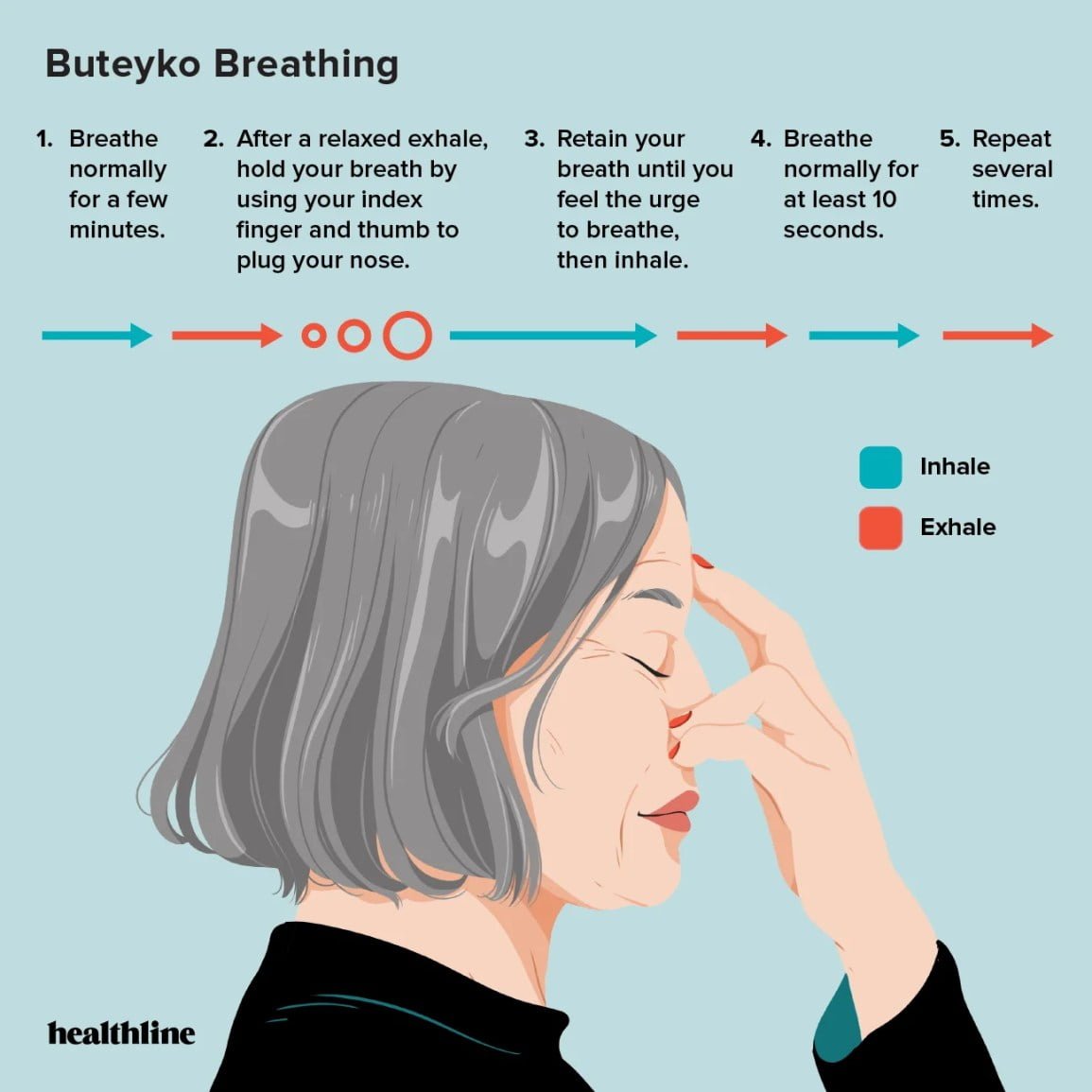
Breathing Exercises for Specific Goals
Breathing exercises can be tailored to specific goals or challenges you may be facing. Here are three examples of how breathing exercises can be used to achieve specific outcomes:
Enhancing Athletic Performance
Athletes can benefit greatly from specific breathing exercises to enhance their performance. By focusing on controlled and deep breaths, athletes can improve oxygen delivery to their muscles, boost endurance, and reduce feelings of fatigue. Techniques such as rhythmic breathing, where the inhale and exhale are synchronized with movement patterns, can be particularly beneficial for athletes across various disciplines.
Managing Anxiety and Panic Attacks
Breathing exercises are highly effective in managing anxiety and panic attacks. When anxiety strikes, our breathing tends to become shallow and rapid. By practicing deep, diaphragmatic breathing, individuals can activate the relaxation response and regulate their breathing to decrease anxiety symptoms. Techniques such as 4-7-8 breathing, where you inhale for a count of four, hold for a count of seven, and exhale for a count of eight, provide a calming effect and help regain control during panic attacks.
Improving Sleep Quality
For individuals struggling with poor sleep quality or insomnia, specific breathing exercises can promote relaxation and aid in falling asleep faster. The 4-7-8 breathing technique, mentioned earlier, can be particularly useful in this context. Additionally, progressive muscle relaxation combined with deep belly breathing can help relax the body and mind, preparing them for a restful night’s sleep.
Incorporating Breathing Exercises into Daily Routine
To fully harness the benefits of breathing exercises, it’s crucial to incorporate them into your daily routine. Here are three strategies to help you integrate these practices seamlessly:
Setting Aside Dedicated Time for Practice
Allocate a specific time each day for practicing breathing exercises. This could be in the morning before starting your day, during a lunch break, or before bedtime. By dedicating a specific time to these exercises, you ensure that they become a priority in your daily routine. Start with just a few minutes and gradually increase the duration as you become more comfortable.
Integrating Breathing into Daily Activities
In addition to setting aside dedicated time, you can also integrate breathing exercises into your daily activities. For example, pause and take a few deep breaths before starting a task or during a break. Incorporate deep belly breaths while sitting in traffic, waiting in line, or during moments of stress. By making these exercises a natural part of your day, you can experience their benefits consistently.
Using Reminders or Alarms
If you find it challenging to remember to practice breathing exercises, set reminders or alarms throughout the day. Use your phone or a timer to signal specific times when you should pause and engage in a short breathing exercise. This serves as a gentle reminder and helps you stay consistent with your practice.
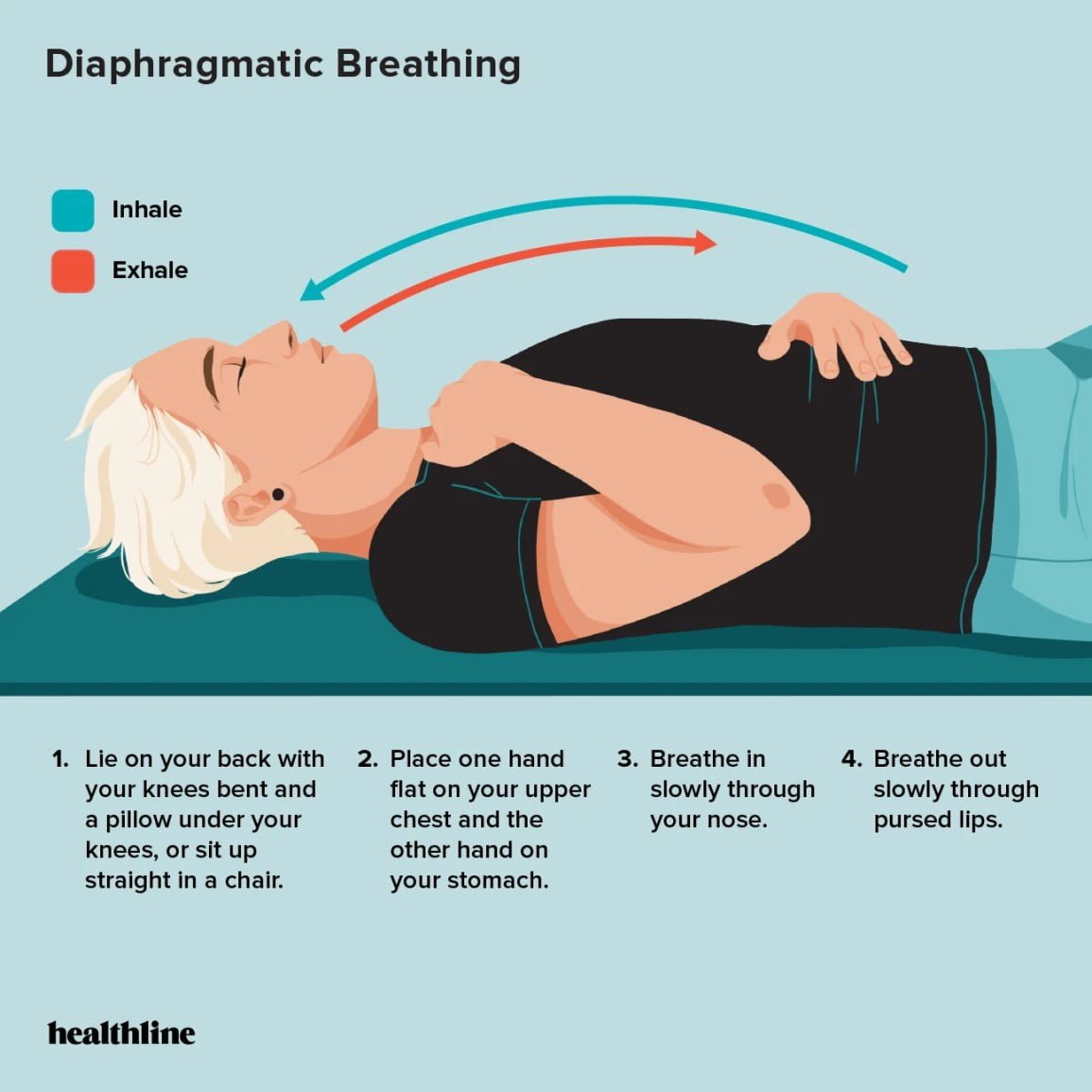
Guided Breathing Exercises and Classes
Guided breathing exercises and classes can be invaluable resources for individuals seeking to deepen their practice and explore new techniques. Here are three options to consider:
Finding Online Resources and Apps
Numerous online resources and smartphone apps provide guided breathing exercises for various purposes. Explore these platforms to find programs and exercises that resonate with you. You can access pre-recorded guided meditations or follow along with video instructions on proper breathing techniques. Take advantage of these resources to enhance and diversify your breathing exercise repertoire.
Participating in Breathing Workshops or Classes
Local community centers, yoga studios, and wellness centers often offer breathing workshops or classes. These sessions provide valuable guidance and support, allowing you to deepen your understanding of different techniques. Experienced instructors can offer personalized assistance and answer any questions you may have. Consider attending these workshops to connect with like-minded individuals and further refine your breathing practice.
Consulting with a Breathing Specialist
For individuals seeking more specialized guidance or dealing with specific respiratory issues, consulting with a breathing specialist, such as a respiratory therapist, can be beneficial. These professionals can assess your breathing patterns, provide specific exercises tailored to your needs, and offer ongoing support. Working with a breathing specialist ensures you receive personalized attention and guidance throughout your breathing journey.
Avoiding Common Mistakes during Breathing Exercises
While breathing exercises offer numerous benefits, it’s essential to be mindful of common mistakes that can hinder their effectiveness. Here are three mistakes to avoid:
Shallow or Chest Breathing
One common mistake is shallow or chest breathing, where the breath is focused primarily in the upper chest rather than the diaphragm. This limits the amount of air taken in and can lead to tension and inefficient breathing. Remember to engage your diaphragm and breathe deeply into your abdomen to maximize the benefits of each breath.
Holding the Breath
During breathing exercises, it’s important to avoid holding your breath. Holding the breath interrupts the natural flow and rhythm of breathing exercises. Instead, maintain a continuous and steady breath, focusing on smooth inhalations and exhalations. This ensures a constant supply of oxygen to your body and supports the relaxation response.
Overexertion or Straining
Lastly, avoid overexertion or straining during breathing exercises. Breathing exercises should be performed effortlessly and without discomfort. If you find yourself straining, feeling lightheaded, or experiencing pain, take a break and resume the exercise in a more relaxed manner. It’s crucial to listen to your body and work within your comfort and capacity.
Consulting a Healthcare Professional
If you have specific concerns or questions regarding your breathing, it’s essential to consult with a healthcare professional. Here are three professionals who can offer guidance:
Discussing Breathing Concerns with a Doctor
If you have persistent breathing concerns or suspect any underlying respiratory conditions, it’s advisable to consult with your primary care physician or a specialist. They can evaluate your symptoms, perform any necessary tests, and provide appropriate medical advice or treatment. Never hesitate to seek professional input when it comes to any health-related concerns.
Working with a Respiratory Therapist
For individuals with chronic respiratory conditions or seeking specialized guidance, working with a respiratory therapist can be immensely beneficial. These professionals are trained in assessing breathing patterns, providing guidance on breathing exercises, and managing respiratory conditions. They can tailor a treatment plan specific to your needs and support you throughout your breathing journey.
Seeking Guidance from a Yoga or Meditation Instructor
Yoga and meditation instructors often have a deep understanding of breathwork and its effects on the body and mind. If you’re interested in exploring breathing exercises within the context of yoga or meditation, seeking guidance from a qualified instructor can be highly beneficial. They can provide specific techniques, guide you through various practices, and ensure proper alignment and safety during your practice.
In conclusion, understanding the importance of breathing exercises and incorporating them into your daily routine can have a profound impact on your overall well-being. The benefits of these exercises, from improving lung capacity to promoting relaxation, are numerous. Utilize the different techniques mentioned, focus on proper body posture, and develop breath awareness to fully experience the transformative effects of breathing exercises. Remember to consult with healthcare professionals or seek guidance from experienced instructors when necessary. By prioritizing your breath, you can unlock a world of health and serenity.









